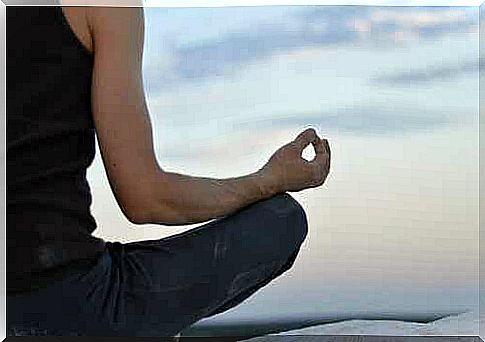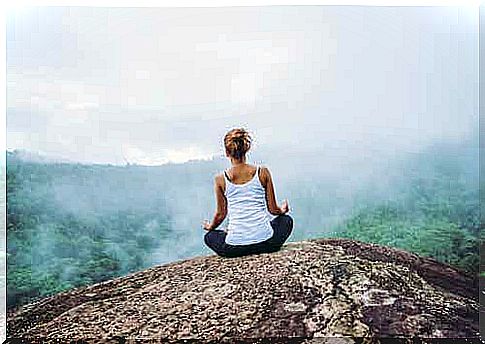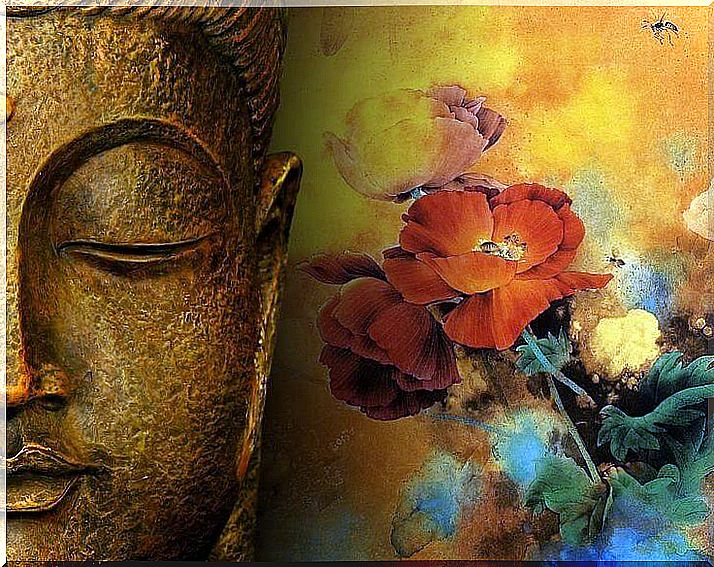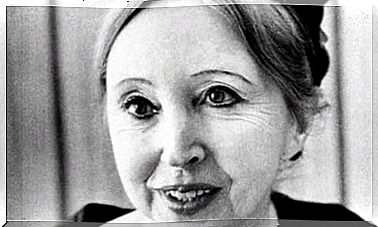Inhale, Exhale: The Art Of Full Attention

Full attention or mindfulness is like a lamp capable of illuminating dark and winding areas of the mind. This technique of relaxation and introspection bears this name because it does not judge or prejudge. It is limited to capturing what is happening both externally and internally, with the point of view of an observer.
Mindfulness helps us to know, regulate, heal, and transform our mind. It is also a great help to us in taking care of it, examining it, giving it orders and directing it. Moreover, this technique allows to know the mind and to discover its network of self-deceptions, neurotic reactions, subterfuge and frustrations.
The opposite of full attention is autopilot, which is reacting and letting ourselves be carried away by habitual thought patterns and behaviors. The mindfulness helps us off this automation to be more aware of our actions and their causes: our thoughts.

The origins of mindfulness
The mindfulness is based on the concept of mindfulness of Buddhist meditation. This is a technique considered very important on the path to enlightenment.
In fact, Buddha himself, according to what he left us, encouraged his followers to practice Mindfulness in everyday life, and his goal was to keep the consciousness of mind and body in a state of calm. Thanks to Jon Kabat-Zinn, the concept of full attention began to be known in Western society from 1970.
Kabat-Zinn was a student of Zen master Seung Sahn. His practice of yoga as well as studies of the Buddhist religion prompted him to integrate these concepts with those of Western science, to create Mindfulness-Based Stress Reduction (MBSR), at the School of Medicine of the ‘University of Massachusetts.
The practice of mindfulness
The training and development of mindfulness offers the opportunity to connect with the present and to conceive of the mind as a space without judgments. Thanks to this, dissociation with the past becomes possible, just like detachment from everyday automatism and future expectations.
We learn to connect to “what is”, to “what there is”, to “what is there”. It is therefore about focusing our mind and our senses on the present moment.
In one of his sermons, Buddha said, “Come and see”. This is what it is: look at what is here and now, without judgments and prejudices, without old models or patterns, without labels. The key to mindfulness is living in the present and seeing this technique as a lifestyle.
The benefits of practicing mindfulness
The benefits of practicing mindfulness on a regular basis are very varied, both physically and cognitively, emotionally and spiritually. So here are a few:
- It allows you to concentrate more easily and to maintain your attention (concentration, memory).
- It increases creativity and makes it possible to find alternatives and solutions to vital challenges.
- Mindfulness helps reduce stress and anxiety, set limits, and make a commitment to your own health.
- It decreases recurring thoughts, rumination and reflections.
- It decreases physical and psychological discomfort in those with chronic pain, anxiety and recurrent depression.
- Full attention allows us to better identify and regulate our emotions as well as to modulate the response to them.
- It develops emotional intelligence.
- It improves the quality of communication, helps to avoid conflicts and to resolve them when they arise.
- Full attention helps you live more calmly and enjoy good times more fully.
- It increases empathy and kindness, helping us take care of ourselves and others.
- It improves our decision making.
- In addition, it increases curiosity and commitment.
- It increases the antibodies that fight diseases.
- It improves the quality of sleep.
- Finally, it decreases negative feelings like tension and anger.

The brain and the practice of mindfulness
A curious fact is that by training our brain with mindfulness and similar meditative practices, we can change its shape and size. We can also increase our focus, flexibility and intelligence as well as simultaneously build new pathways and neural networks.
Also, while parts of the brain strengthen, grow and become more active with meditation, others calm down, such as the amygdala. The main area in which growth takes place is the prefrontal cortex, responsible for executive functioning and the birthplace of analytical thinking.
How do you start practicing full attention?
There are many ways to start practicing mindfulness. However, the main thing is to start by being aware of the body of thoughts, feelings and physical sensations that we are experiencing, as well as everything that is going on around us.
For this we can focus on our breathing and our body. For example, putting it into practice when we eat or just before going to bed is very helpful. It is enough to set aside ten minutes a day and in no time the positive changes will appear.
It’s also important to try to see what’s going on from a different point of view, with a different approach, a different perspective, and to try new things. For example, it could just be sitting in a new place during business meetings or having a different coffee during lunch.
As we see, full attention helps us to appreciate our present, to find serenity in a world of frenzy. Its daily practice acts as a support, fulcrum or balancing tool from which we can establish a special bond with ourselves, with others and with the world around us.










